Tango: A Dance of Passion and Identity
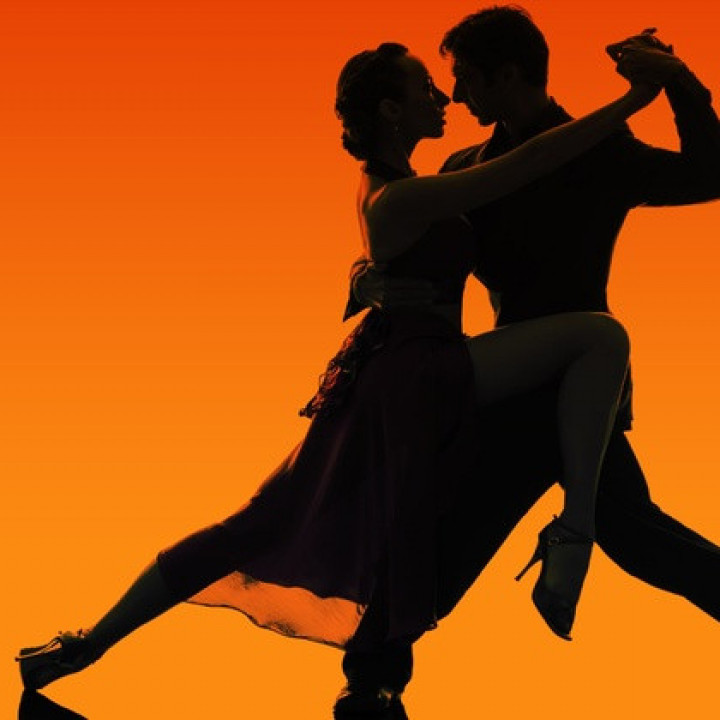
Tango, synonymous with passion and elegance, originated in the late 19th century in the bustling port cities of Buenos Aires, Argentina, and Montevideo, Uruguay. This seductive dance and musical form was born in the poor, immigrant neighbourhoods where cultures and traditions collided, creating something entirely unique. The story of tango is one of cultural fusion, identity, and evolution, from its humble beginnings to its modern-day global recognition.
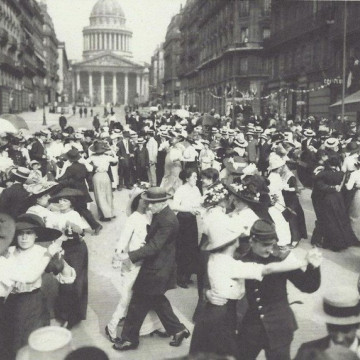
Origins: A Cultural Melting Pot (Late 19th Century)
Tango emerged in the late 1800s in the working-class districts of Buenos Aires and Montevideo. These cities had a diverse population, consisting of European immigrants, former African slaves, and local communities, all of whom contributed to the creation of tango. This blend of African candombe rhythms, Spanish flamenco, Italian folk music, and indigenous traditions gave rise to a new form of expression, reflecting the struggles and aspirations of those living on the fringes of society.
In its early days, tango was performed in the arrabales—the poor outskirts—and in bars and brothels. The dance itself was raw and intimate, reflecting both the hardship and the passions of those who danced it. Tango music was initially improvised and melancholic, performed by small ensembles of violin, flute, and guitar.
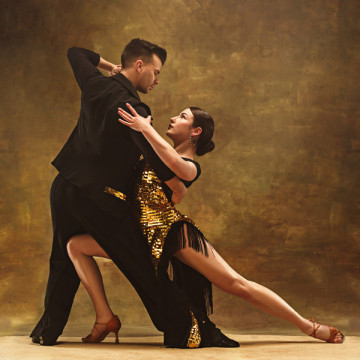
The Bandoneón and Tango's Musical Evolution
A turning point in tango’s evolution was the introduction of the bandoneón, a German instrument similar to the accordion. The instrument's haunting, mournful tones became central to tango music, mirroring the emotional depth of the dance. With the bandoneón's influence, tango music evolved, becoming more structured and complex, while the dance itself developed greater sophistication in both technique and form.

Tango Goes Global: From the Streets to the World (Early 20th Century)
Tango began its journey to international fame in the early 20th century when it was adopted by the Argentine elite, despite its origins in the working class. Soon after, tango made its way to Europe, with Paris becoming its biggest stage. Parisians, enthralled by its sensuality and exoticism, embraced tango, which only heightened its popularity back in Argentina.
By the 1920s, tango had transcended its humble beginnings and become a national symbol of Argentina, embraced across all social classes. At the same time, tango music was gaining complexity, with legendary performers like Carlos Gardel becoming international icons. Gardel, with his velvety voice and poignant lyrics, infused tango with a deep sense of nostalgia and longing, emotions that resonated with people facing rapid urbanisation and societal change.
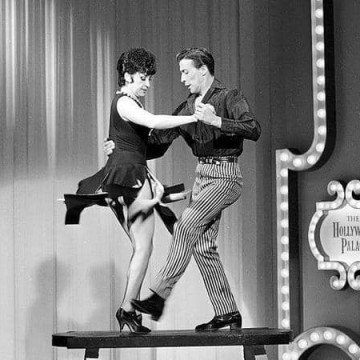
The Golden Age of Tango (1930s-1950s)
The 1930s to 1950s is considered the “Golden Age” of tango, a period marked by the rise of large tango orchestras and the refinement of the dance. Renowned musicians like Aníbal Troilo, Juan D'Arienzo, and Osvaldo Pugliese led this era, filling grand ballrooms with their orchestral performances.
The tango milonga—social dance gatherings—became a cultural institution during this time. Dancers mastered intricate footwork and musicality, while the music itself reached new heights in terms of complexity and emotional expression. Tango became a central part of Argentine life, its rhythms and melodies serving as both a form of entertainment and a means of storytelling.
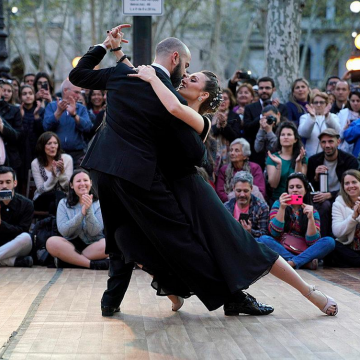
Decline and Revival (1960s-1980s)
Tango’s dominance began to wane in the 1960s, as younger generations turned toward new genres like rock and roll. Political unrest in Argentina, particularly the rise of military dictatorships, further contributed to tango’s decline, with many dance halls closing down.
Despite these challenges, tango never disappeared. In the late 1970s, a revival movement began, driven by both local and international interest. The genre was redefined by composers like Astor Piazzolla, who created tango nuevo by blending tango with jazz and classical music. Although Piazzolla’s innovations initially sparked controversy, his work revitalised tango, drawing in new audiences.
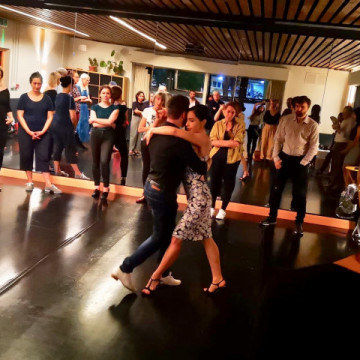
Tango's Modern Renaissance
Today, tango has experienced a global renaissance. The dance is practiced and performed worldwide, with tango festivals, competitions, and schools thriving in major cities. Modern tango dancers and musicians continue to innovate, blending traditional tango with contemporary styles, including electronic music in the form of electrotango.
In Buenos Aires, tango remains an integral part of the city’s cultural fabric, particularly in historic neighbourhoods like San Telmo and La Boca, where live performances and dance gatherings continue to captivate audiences.
Tango’s journey from the marginalised neighbourhoods of Buenos Aires to global ballrooms is a testament to its enduring appeal and cultural significance. It is a dance and music form born out of struggle, shaped by diverse influences, and continually reinvented by each generation. Whether experienced in the traditional milonga halls of Buenos Aires or in a contemporary fusion on international stages, tango remains a dynamic symbol of passion, identity, and resilience.
If you’re ready to experience the beauty of tango for yourself, consider learning at Battersea Spanish, where expert instructors can guide you through the steps and traditions of this incredible dance.